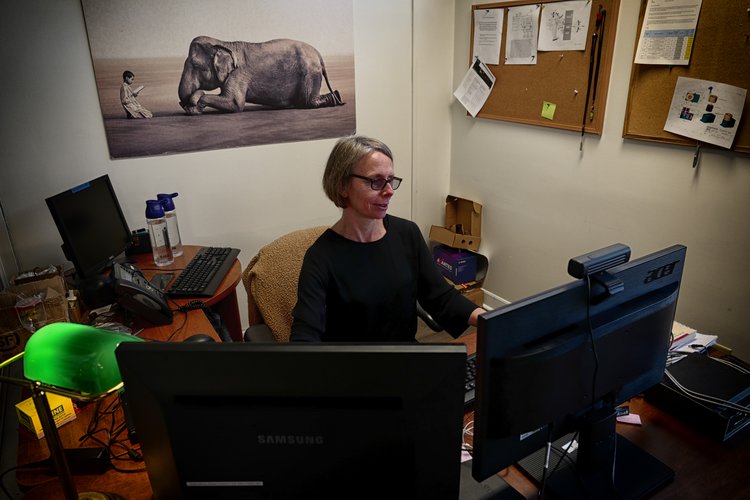The smart Trick of Uv/vis That Nobody is Talking About
Wiki Article
Some Ideas on Spectrophotometers You Need To Know
Table of ContentsCircular Dichroism Fundamentals ExplainedRumored Buzz on SpectrophotometersUv/vis/nir - An Overview10 Easy Facts About Circular Dichroism ShownExamine This Report about Circularly Polarized Luminescence

Spectrophotometry is a tool that hinges on the quantitative analysis of particles depending on how much light is taken in by colored substances.
The smart Trick of Circularly Polarized Luminescence That Nobody is Discussing
A spectrophotometer is frequently used for the measurement of transmittance or reflectance of solutions, transparent or nontransparent solids, such as refined glass, or gases. Lots of biochemicals are colored, as in, they soak up noticeable light and for that reason can be measured by colorimetric procedures, even colorless biochemicals can often be transformed to colored substances ideal for chromogenic color-forming reactions to yield substances appropriate for colorimetric analysis.: 65 However, they can also be developed to measure the diffusivity on any of the noted light ranges that typically cover around 2002500 nm using different controls and calibrations.An example of an experiment in which spectrophotometry is used is the determination of the stability constant of an option. A certain chain reaction within a service might occur in a forward and reverse instructions, where reactants form items and products break down into reactants. At some point, this chain reaction will reach a point of balance called a stability point.
Not known Details About Spectrophotometers
The quantity of light that travels through the service is indicative of the concentration of specific chemicals that do not permit light to pass through. The absorption of light is because of the interaction of light with the electronic and vibrational modes of particles. Each type of particle has a private set of energy levels related to the makeup of its chemical bonds and nuclei and thus will absorb light of specific wavelengths, or energies, leading to distinct spectral residential or commercial properties.
They are extensively used in many markets including semiconductors, laser and optical production, printing and forensic examination, as well as in labs for the study of chemical compounds. Spectrophotometry is frequently utilized in measurements of enzyme activities, determinations of protein concentrations, decisions of enzymatic kinetic constants, and measurements of ligand binding reactions.: 65 Eventually, a spectrophotometer is able to web link determine, depending on the control or calibration, what compounds are present in a target and precisely how much through computations of observed wavelengths.
Invented by Arnold O. Beckman in 1940 [], the spectrophotometer was produced with the help of his colleagues at his company National Technical Laboratories founded in 1935 which would end up being Beckman Instrument Company and ultimately Beckman Coulter. This would come as an option to the formerly developed spectrophotometers which were unable to soak up the ultraviolet properly.
The Greatest Guide To Spectrophotometers
It would be found that this did not offer satisfactory results, therefore in Design B, there was a shift from a glass to a quartz prism which permitted much better absorbance outcomes - spectrophotometers (https://us.enrollbusiness.com/BusinessProfile/6552779/Olis%20Clarity). From there, Model C was born with an adjustment to the wavelength resolution which ended up having three units of it producedIt irradiates the sample with polychromatic light which the sample absorbs depending on its residential or commercial properties. It is sent back by grating the photodiode array which detects the wavelength area of the spectrum. Ever since, the production and application of spectrophotometry gadgets has increased immensely and has turned into one of the most ingenious instruments of our time.

How Uv/vis can Save You Time, Stress, and Money.
The grating can either be movable or fixed.In such systems, the grating is repaired and the strength of each wavelength of light is determined by a various detector in the range. When making transmission measurements, the spectrophotometer quantitatively compares the portion of light that passes through a reference option and a test service, then digitally compares the intensities of the 2 signals and computes the percentage of transmission of the sample compared to the referral standard.

Report this wiki page